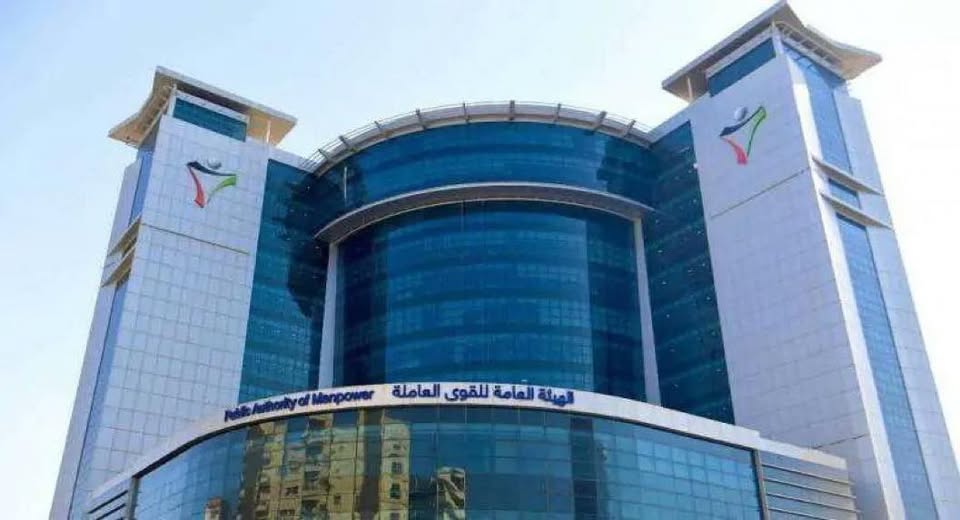In a recent report by MEED, Kuwait has emerged as a frontrunner in the Middle East and North Africa (MENA) region’s financial performance rankings, topping the list in various economic indicators. This achievement positions Kuwait as a key player in the Gulf and the wider MENA region.
One of the key highlights of Kuwait’s financial performance is its current account as a percentage of GDP. In 2023, the country secured the top spot with a current account estimated at 30.3% of GDP. Although there is a projected decrease to 27.7% in 2024, Kuwait’s strong current account performance demonstrates its ability to maintain a healthy balance between imports and exports.
However, it is worth noting that Kuwait was the only GCC country to experience a slight negative growth in GDP for 2023, with a marginal decline of 0.6%. Nevertheless, there is optimism for a rebound in 2024, with an anticipated rise of 3.6% in GDP. This indicates that Kuwait is actively working towards addressing the challenges it faced in the previous year.
MEED’s report also sheds light on the challenging economic landscape across the MENA region. Geopolitical tensions and natural disasters in 2023, such as the war in Gaza and the impact of natural disasters in Morocco and Libya, have had a significant impact on the economies of the region. Despite these challenges, most countries in the MENA region are poised for post-pandemic growth, particularly in the non-oil sector. However, Egypt and Tunisia face pressure to implement reforms in order to secure IMF financing.
Economist Jarmo Kutilin, in an interview with MEED, emphasized the potential for growth in the GCC through the integration of technology and energy efficiency. He highlighted the region’s low productivity levels and stressed the importance of selective and focused government spending to drive economic growth.
The IMF’s projections indicate a slowdown in real GDP across the MENA region, primarily due to declining oil production and tightening monetary policies. This highlights the need for diversification and the development of non-oil sectors in order to ensure sustained economic growth in the region.
The World Bank has also noted a significant drop in per capita GDP growth, with only eight out of the 15 economies in the region expected to return to pre-pandemic growth levels by the end of 2023. This underscores the importance of implementing policies that promote inclusive growth and address the needs of the population, particularly the youth.
Looking ahead to 2024, the MENA region is expected to experience GDP growth of over 3%. While this is a positive outlook, the IMF warns that it may not be sufficient to address the employment needs of the growing youth population. This calls for continued efforts to create job opportunities and foster entrepreneurship in order to harness the full potential of the region’s young workforce.
In conclusion, Kuwait’s position as a frontrunner in the MENA region’s financial performance rankings highlights its resilience and potential for growth. Despite the challenges faced by the region, there are opportunities for economic recovery and development. By implementing strategic reforms, leveraging technology, and promoting inclusive growth, countries in the MENA region can pave the way for a prosperous future.







